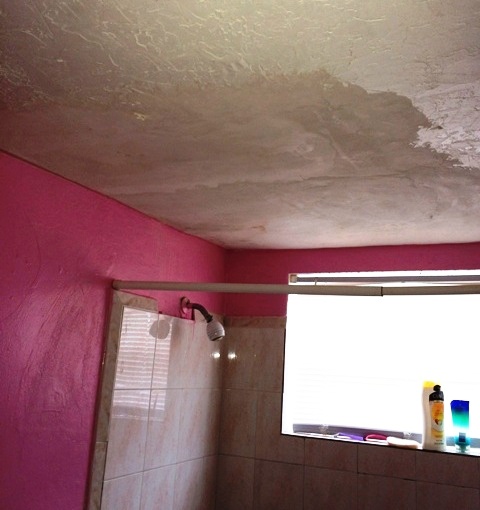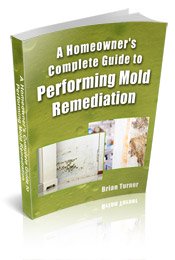Find a Mold Specialist Now
Click or Call, Toll-Free 24/7
Signs of a Hidden Water Leak
It’s important to recognize the signs of a hidden water leak because, if it’s not repaired in a timely manner, a hidden leak can cause serious structural damage to your home. It also provides the ideal environment for mold to grow. Of course, a water leak can also cause your water bill to skyrocket.
Some signs of a hidden leak include:
The Presence of Mold
Mold must have moisture in order to grow. If you see mold growing under your sink, for example, there’s a very good chance you have a leaky pipe under there.
Discoloration of Walls
A discolored area on a wall usually means the wall is getting wet. If you can’t see where the water is coming from, it may be a leak inside the wall.
Paint or Wallpaper That Peels or Blisters
If the paint or wallpaper on a wall begins to peel or looks like it has developed blisters, that usually indicates water inside the wall. Unfortunately, when there is a water leak inside a wall, you may not see any signs until that leak has been there for quite a while. Therefore, when you do see signs of a hidden leak, it’s important to address it as soon as possible, before any additional damage can be done.
Discoloration of Ceiling
A dark spot or other discoloration on the ceiling is a sign of water, just like it is on a wall. It often indicates a leak in the roof, but if you have a bathroom upstairs and a discolored spot on the ceiling in the room below the bathroom, there may be something leaking in the bathroom. And again, you often don’t see any signs of a leak on the ceiling until the leak has been there a while, so you need to address it as soon as possible to prevent even greater damage.

Sagging Ceiling
A ceiling that sags is another indication
of a leak. Often you’ll see discoloration along with a sagging ceiling. A
sagging ceiling needs to be addressed right away before it collapses,
which can be dangerous as well as extremely messy and costly to repair.
Floors That Buckle or Sag
Floors
that buckle or sag are yet another indication of a hidden water leak.
Depending on the type of flooring you have, repairs can be quite costly.
It’s important to fix the leak as soon as possible, though, in order to
prevent further damage. It’s also important to fix the leak as soon as
possible in order to prevent the growth of mold beneath your floor.
Musty Odor
You know how basements sometimes smell musty?
That’s the odor of mold. More precisely, it’s the microbial volatile
organic compounds produced by mold that have a musty odor. If you notice
a musty odor in your home, you almost certainly have mold growing. Of
course, the presence of mold doesn’t always indicate a hidden water
leak, but it often does.
If You See Signs of a Hidden Water Leak
If you see signs of a water leak, you need to investigate as soon as possible. If you don’t have the skills to do that yourself, call in a plumber. After the leak has been fixed, you can repair any damage to your walls, floor or ceiling.
Before doing those repairs, though, you should check for mold. Even if you don’t initially see any mold and even if you don’t smell the characteristic musty odor of mold, a hidden leak often leads to the development of mold, so you need to check for that before fixing the walls, floor or ceiling. Mold grows well in dark, damp places, so places where hidden water leaks spring up are excellent environments for mold.
We recommend calling in a certified mold tester that can locate hidden mold. That way you can be sure your home is mold-free before repairing the water damage. Click here to find certified mold testers near you.
Return From Signs Of A Hidden Water Leak To Our Mold Prevention Page
Black Mold Health Symptoms Home Page





